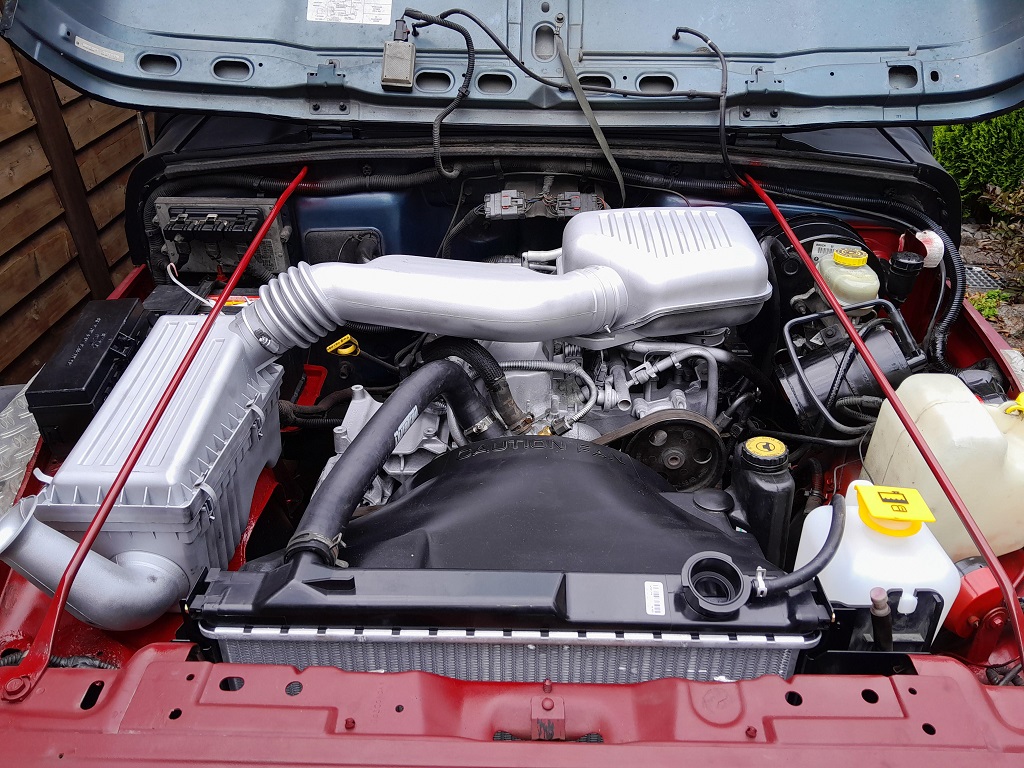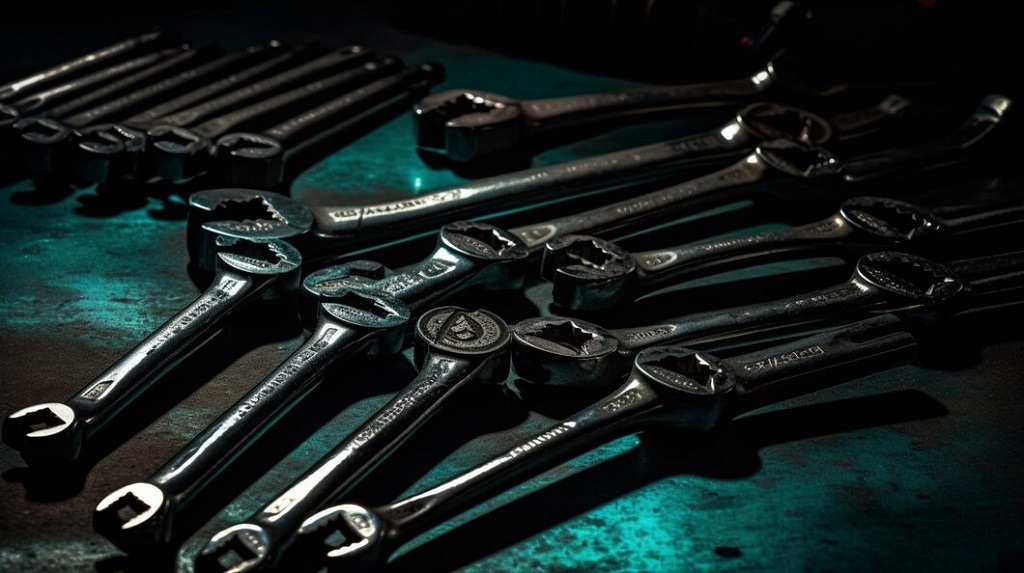The engine bay, the heart of your car, endures a lot of grime, dust, and road debris. While a clean engine bay might seem purely aesthetic, it can offer some practical benefits. For example, it can improve your ability to spot leaks or potential problems during visual inspections. However, cleaning an engine bay with water requires caution.
This article explores effective methods for cleaning your engine bay with water, emphasizing safety and responsible practices. It’s important to remember that using water can be risky if not done correctly, so we’ll also delve into alternative cleaning methods that might be better suited for some situations.
Why Clean the Engine Bay?
There are a few reasons why you might consider cleaning your engine bay:
- Improved Visual Inspections: A clean engine bay allows you to easily spot leaks, loose hoses, or any potential problems during routine checks. Grime and dirt can obscure these issues.
- Enhanced Heat Dissipation: Excessive dirt and debris can potentially trap heat around the engine. While unlikely to cause major issues in most modern cars with proper cooling systems, a clean engine bay might contribute slightly to better heat dissipation.
- Aesthetics: Let’s face it, a clean engine bay is simply more pleasing to look at. It can also add a touch of pride to your overall car care routine.
Before You Get Soaked: Important Safety Precautions
While water can be an effective cleaning agent, it’s crucial to prioritize safety when cleaning your engine bay. Here’s why:
- Electrical Components: The engine bay houses many electrical components like sensors, connectors, and the alternator. Exposing these components to excessive water can lead to electrical shorts, corrosion, and even engine starting problems.
- Sensitive Materials: Certain materials in the engine bay, like fabric covers or some rubber components, might not react well to direct water spray.
Safety First: Essential Steps Before Using Water
- Let the engine cool completely: Hot engines and water don’t mix. Wait for the engine to cool down completely before you begin cleaning.
- Cover or disconnect sensitive components: Use plastic bags or electrical tape to securely cover sensitive electrical components like the alternator, air intake, and any exposed wiring harnesses. For some connectors, you might need to consult your car’s manual for proper disconnection procedures.
- Prepare your cleaning solution: A mild soap solution is ideal. Avoid harsh chemicals or degreasers, as they can damage certain engine bay components and hoses. A simple mix of a few drops of dish soap in a bucket of water will usually suffice.
- Gather your tools: You’ll need a gentle spray bottle, soft sponges or wash mitts, a few microfiber towels for drying, and a compressed air source (optional) for blowing out any water that might get trapped in tight spaces.
Water with Caution: The Cleaning Process
-
Pre-rinse Loose Debris: With the garden hose set to a gentle mist setting, briefly rinse away any loose dirt, leaves, or debris from the engine bay. Avoid using a high-pressure spray, as this can force water into sensitive areas.
-
Apply Cleaning Solution: Dip your sponge or wash mitt into the soapy water solution and gently clean the engine bay surfaces. Focus on greasy areas and grime build-up. Avoid scrubbing aggressively, as this can scratch delicate components.
-
Rinse Conservatively: Again, use a gentle mist setting on the hose to rinse off the soapy solution. Be mindful of not drenching the engine bay.
-
Drying is Key: Thorough drying is crucial to prevent water from lingering and potentially causing electrical issues. Use clean microfiber towels to absorb as much moisture as possible. You can also use a compressed air source (set to low pressure) to blow out any water trapped in nooks and crannies.
Alternative Cleaning Methods: When Water Isn’t the Answer
If you’re uncomfortable using water, or if your car has sensitive electrical components or exposed air filters, alternative cleaning methods might be preferable:
-
Engine Degreaser and Wipe Down: Use a high-quality engine degreaser specifically formulated for automotive use. These degreasers are typically applied in a spray-on, wipe-off manner, avoiding direct contact with sensitive components. Always follow the product’s specific instructions and safety precautions.
-
Steam Cleaning: Professional detailers often use steam cleaning for engine bays. Steam offers a more controlled and targeted approach compared to water. However, steam cleaning should only be done by someone experienced with the process, as improper use can damage electrical components.

After the Clean-Up:
Once your engine bay is clean and dry, consider applying a protectant spray designed for engine bays. These protectant sprays typically create a light film that helps repel dust and grime, making future cleaning sessions easier. However, be sure to choose a protectant formulated for rubber and plastic components to avoid any adverse effects.
Remember:
- Less is More: When using water or any cleaning solution, always prioritize a light touch and avoid saturating the engine bay.
- Consult Your Manual: If you’re unsure about any specific components or procedures, refer to your car’s owner’s manual for guidance.
- When in Doubt, Seek Professional Help: If you’re uncomfortable cleaning the engine bay yourself, consider taking your car to a professional detailer who has the experience and equipment to handle the job safely and effectively.
Related: How to Put Together an Auto Car Wash Equipment System
The Takeaway: A Clean Engine Bay with Caution
Cleaning your engine bay with water can be a rewarding task, offering both aesthetic and practical benefits. However, it’s crucial to prioritize safety by following proper precautions and techniques. If you’re unsure about using water, explore alternative cleaning methods or seek professional help. Remember, a clean engine bay is great, but a safe and well-maintained engine bay is even better.
This article has equipped you with the knowledge to make informed decisions about cleaning your engine bay. By prioritizing safety and using the right techniques, you can keep your car’s heart looking its best and functioning optimally.





